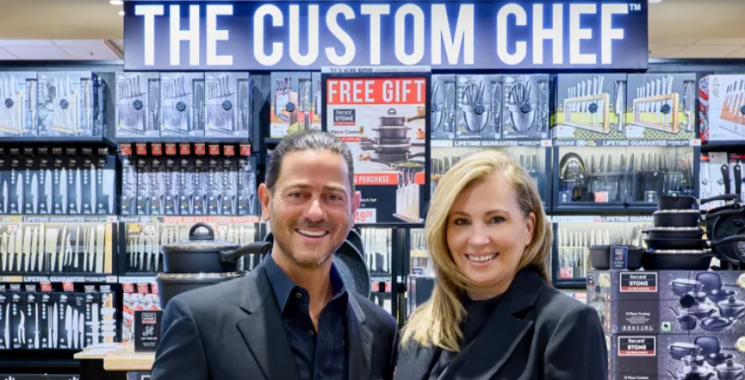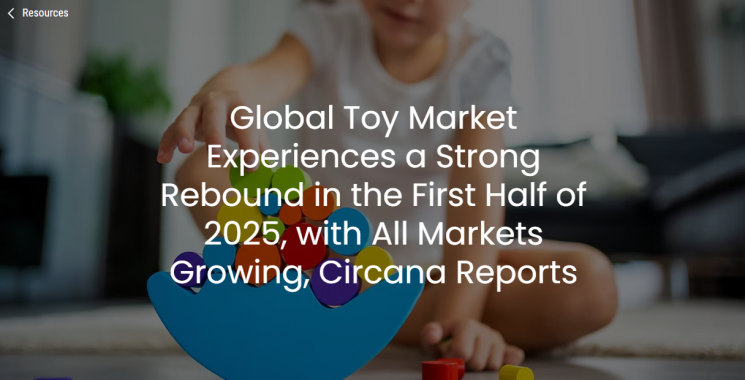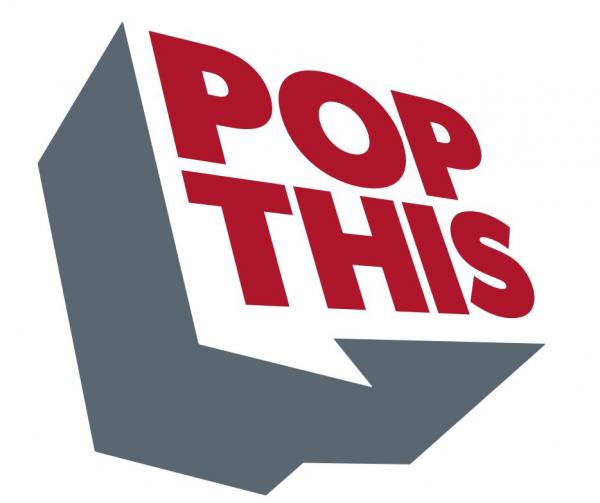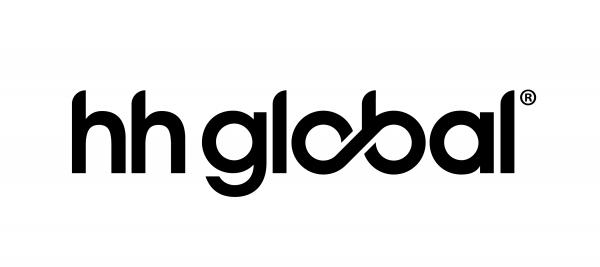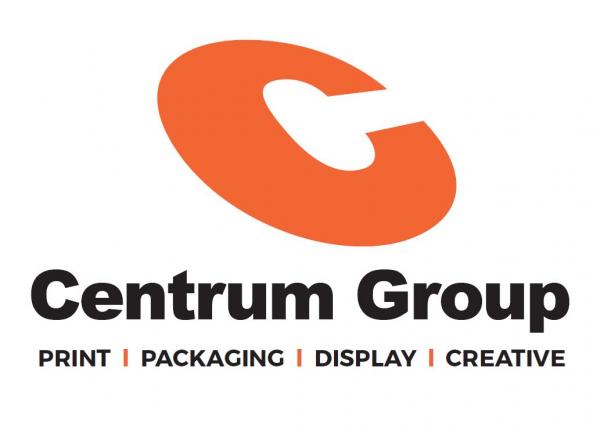What can we expect in 2018?
By Carla Bridge, POPAI General Manager
With the New Year now underway, POPAI has been thinking about the trends that are here with us now, as opposed to the predictions of what we can expect – there’s no greater indication of the future than what is happening in the here and now.
We’re happy to say that predictions of doom and retail destruction resulting from the arrival of Amazon that were made liberally by commentators throughout 2017 have failed to come to pass – and perhaps ironically, in the Amazon-induced haze, it seems many in the industry noticed all too late the arrival of another global behemoth on our shores – Decathlon.
The French sports retailer poses more of an immediate threat to those in specialty and lifestyle retail, but its debut was overshadowed by the hype surrounding Amazon. Food and grocery retailers need not panic just yet – the launch of into the food sector has not yet been slated, though, it will inevitably come.
At the POPAI Marketing at Retail Summit, there were a few key trends covered that we expect to gain momentum in 2018 – the use of bots in retail marketing, a greater emphasis on experiential, automation, and personalisation.
While personalisation has been around for sometime, it will no longer be enough to simply stamp your name on a product and expect it to walk off the shelves. Over the festive season, we saw personalisation of everything from Milo and Tim Tams to Vegemite and Nutella. Given the trend was first kicked off in 2011 by Coca-Cola, we think names on FMCG packaging may be getting a bit passé in 2018.
For POPAI, experiential is a biggest growing category at our annual Awards, and it’s no surprise, as online businesses and aggressive price wars strip enjoyment from the shopping experience. Experiential campaigns bring life and excitement back to an otherwise uninspiring and competitive space.
In many respects, Australia takes its lead from the UK, especially when it comes to retail marketing, and the UK is definitely stepping up its game in experiential. We’ll see the same happen here.
While it’s not a UK example, New York’s Museum of Feelings, by air freshener brand, Glade, is an oldie but a goodie.
The air freshener category in the US was stagnant and the sensorial experience served to shift the conversation from functions to feelings and provided Glade with a significant upturn in sales.
The interactive space focused on the connection between scent and emotion and took visitors on a sensory journey with Glade fragrances the catalyst for people to explore how the sense of smell helps to create felt emotions.
Perhaps what many might consider the opposite of a hands on emotional interaction, a great model combining convenience and automation can be seen in China’s Bingo Box. There’s been a couple of examples of unstaffed convenience stores to have popped up around the world in the last 12 months, but none quite so as ingenuous as Shanghai’s Bingo Box.
Not only is this 24 hour store unstaffed and completely automated inside, it’s also portable – boasting fold up wheels to allow it to be transported to wherever demand requires.
Bingo Box shoppers must register at the door with their WeChat account to enter, with instore cameras using facial recognition technology to scan for unregistered users. Payments are taken through WeChat or Alibaba’s Alipay, accessed via the user’s mobile device.
The store is also connected to video support, allowing customers to seek real time assistance, while a camera scans shoppers on departure to ensure all items are paid for.
The first store opened in June, and there are plans for up to 5000 of the franchised stores, with prices said to be up to 30 percent cheaper than those of fixed physical convenience store rivals – where experiential is all about increasing perceived value, this counter trend provides value by reducing effort.
